This podcast found in:
- Raw RecipesRaw Recipes Index
- MoreGoodies, About, Praise + More
- StoreApps, Courses + More
- CelebrateSeasonal Suggestions
- New To Raw?Start Here
- WellnessCreating Healthy Habits
- CommunityRawtarian Community
Hello Beautiful!
It looks like you're new to The Rawtarian Community. If you'd like to get involved, click one of these buttons!
Login to Community Signup for an account Login using FacebookTrending Community Recipes
Latest in the Community Forum
- Community









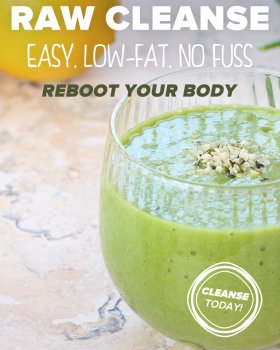










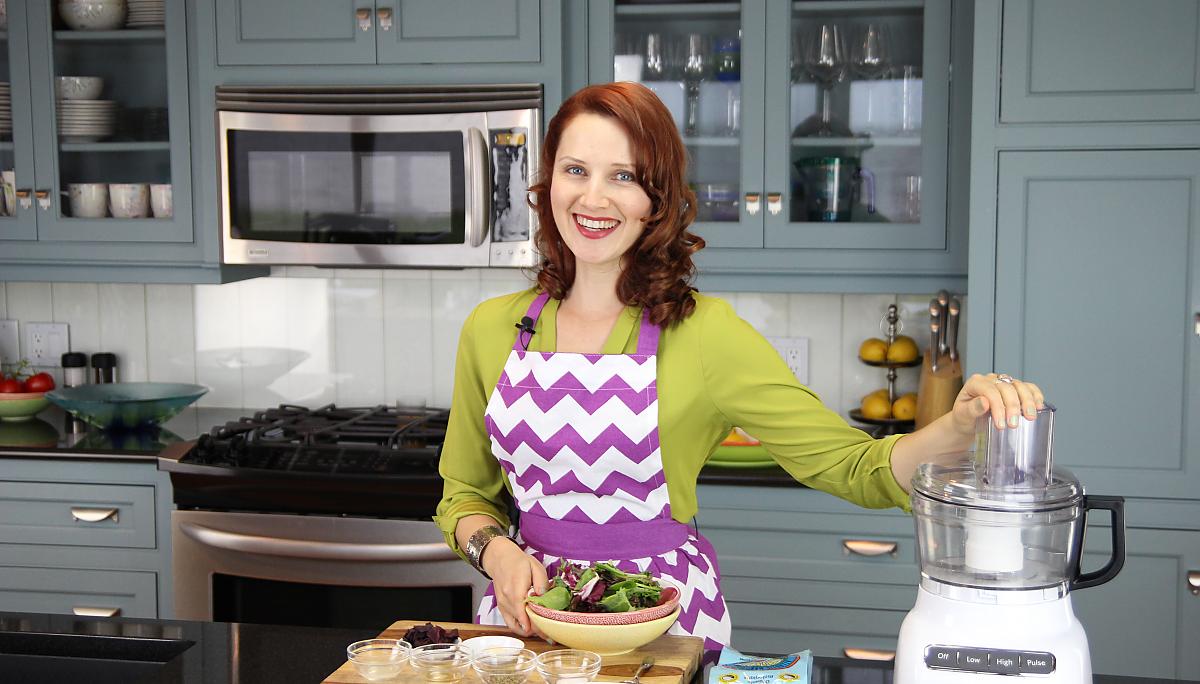
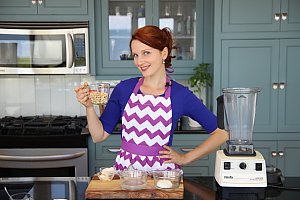
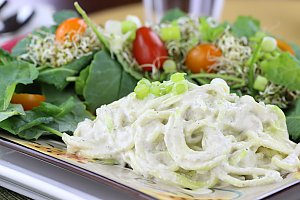
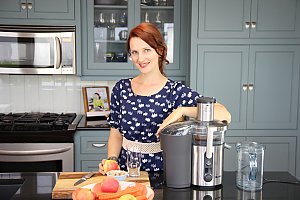
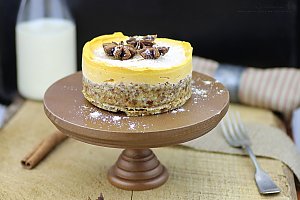

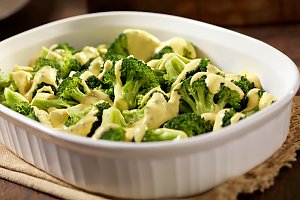
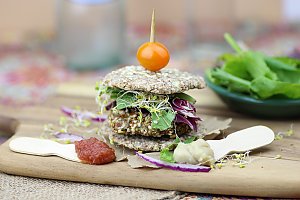
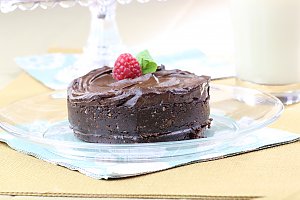
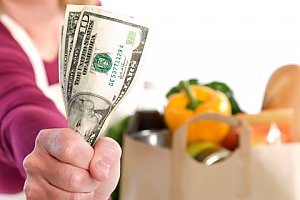
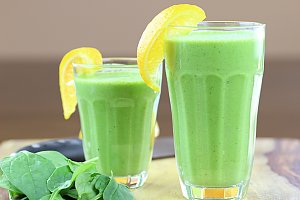

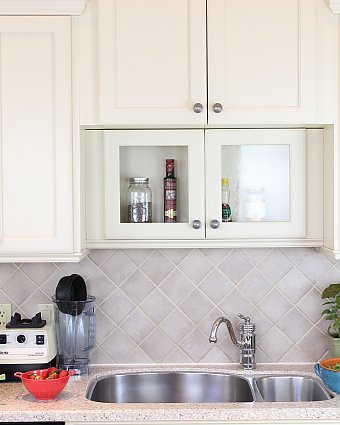
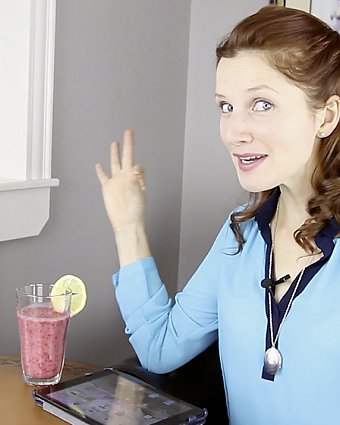
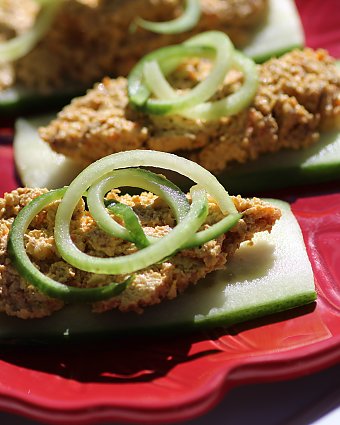
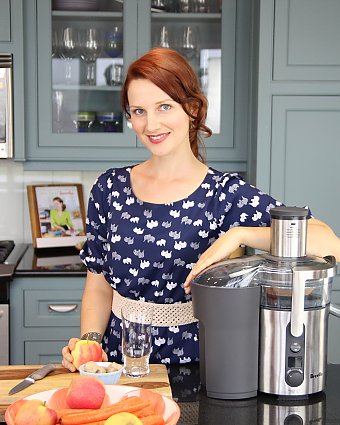





















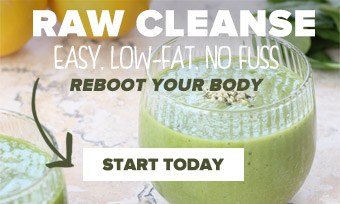
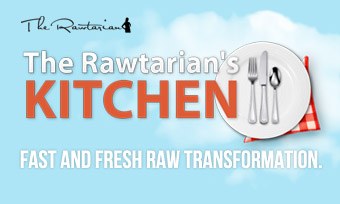
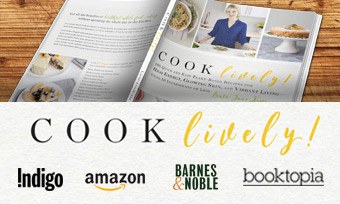
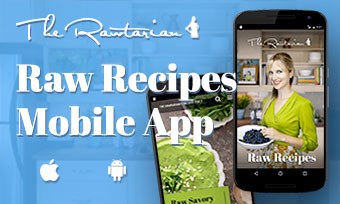




Comments
Top voted
EOV
Jul 11, 2017
So it's 2017 now and I've seen a few, notably the ninja brand carrying a device that has a food processor and a blender attachment, running on amazon (during prime day) around $100. Now I'm sure you are no expert on every individual blender in the world, absolutely fair, but I do wonder if this type of product could work just as well. As Ninja is a well reputed midrange price brand that I can tell, maybe it would work. Any thoughts on it? Thanks!
The Rawtarian
Jul 12, 2017
I am skeptical, but I've never tried one. In my experience, multi-purpose products don't tend to do anything well :)
Can anyone else weigh in on this??
All
EOV
Jul 11, 2017
So it's 2017 now and I've seen a few, notably the ninja brand carrying a device that has a food processor and a blender attachment, running on amazon (during prime day) around $100. Now I'm sure you are no expert on every individual blender in the world, absolutely fair, but I do wonder if this type of product could work just as well. As Ninja is a well reputed midrange price brand that I can tell, maybe it would work. Any thoughts on it? Thanks!
The Rawtarian
Jul 12, 2017
I am skeptical, but I've never tried one. In my experience, multi-purpose products don't tend to do anything well :)
Can anyone else weigh in on this??
Leave a Comment